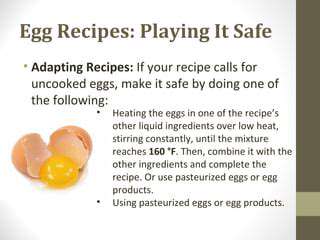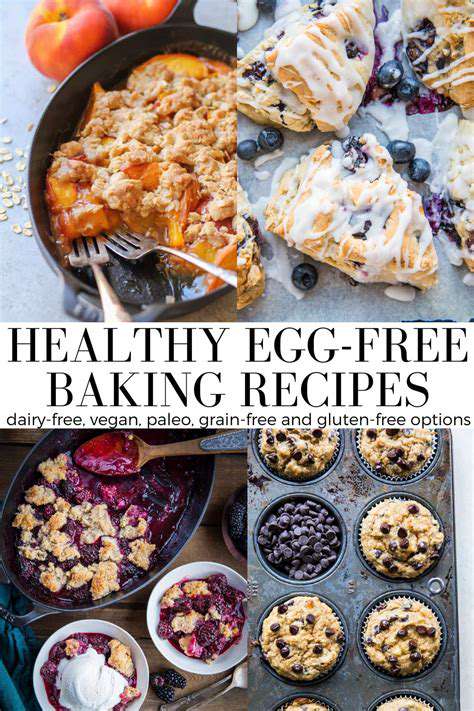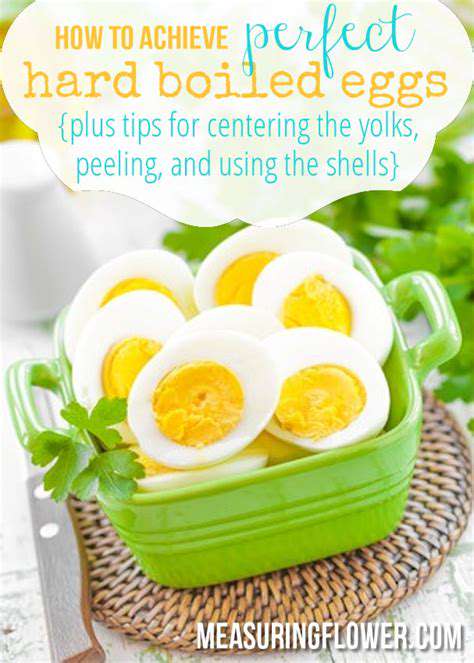Egg Free Baking: Substitutions for Allergy Friendly Treats
Jun 12, 2025 / btwgardenmachine/
Understanding the Need for Egg Replacements
Bakers and home cooks with dietary restrictions often seek alternatives to eggs. These versatile ingredients provide structure, binding, and moisture in recipes. Identifying the exact role eggs play in each dish helps determine the best substitute. Whether due to allergies, ethical choices, or health concerns, numerous effective options exist for egg-free cooking.
Budget-Friendly Flour Alternatives
Flaxseed meal mixed with water creates an affordable, nutritious binding agent. This combination forms a gelatinous texture similar to eggs while adding fiber and healthy fats. For optimal results, use one tablespoon of flaxseed with three tablespoons of water per egg replaced.
Mashed banana serves as another economical choice, particularly in sweet baked goods. Its natural sugars and soft texture work well in muffins and quick breads, though it may slightly alter flavor profiles.
Liquid Substitutes for Moisture and Binding
Unsweetened applesauce provides consistent moisture in cakes and brownies. For every egg, use ¼ cup of applesauce and reduce other liquids slightly. Plain yogurt offers similar benefits with added protein - Greek yogurt works particularly well for denser textures.
Avocado puree creates exceptionally moist results in chocolate-based recipes. Its neutral flavor disappears when baked, leaving only rich texture and healthy fats.
Specialty Ingredients for Advanced Baking
Chia seeds soaked in water create an effective vegan binder. Allow the mixture to thicken for 10-15 minutes before use. Commercial egg replacers, typically made from potato and tapioca starch, provide reliable results for delicate recipes.
For optimal leavening in egg-free cakes, combine 1 teaspoon baking powder with 1 tablespoon vinegar and 1 tablespoon water per egg replaced. This chemical reaction mimics eggs' rising properties.
Adapting Recipes for Egg-Free Success

Recipe Conversion Fundamentals
Successful egg substitution requires understanding each recipe's specific needs. Binding agents work differently in cookies versus cakes. For structure-heavy items like angel food cake, consider aquafaba (chickpea brine) which whips like egg whites.
Texture Modification Techniques
When using denser substitutes like banana or pumpkin puree, increase leavening agents by 25%. For every cup of flour, add an extra ½ teaspoon baking powder. Sifting dry ingredients becomes especially important in egg-free baking to incorporate air.
Xanthan gum (¼ teaspoon per egg) significantly improves texture in gluten-free, egg-free baking by mimicking eggs' binding properties.
Creative Egg-Free Applications

Savory Egg Replacements
Silken tofu blends smoothly for quiches and custards. Use ¼ cup pureed tofu per egg, adding ½ teaspoon oil for richness. For binding in veggie burgers, cooked oatmeal or mashed beans provide excellent texture.
Advanced Binding Solutions
Psyllium husk powder creates remarkable elasticity in egg-free doughs. Combine 1 teaspoon with 3 tablespoons water for each egg replaced. This works exceptionally well in pizza crusts and laminated pastries.
Pro Tips for Flawless Results

Troubleshooting Common Issues
If egg-free baked goods turn out gummy, reduce liquid substitutes by 10-15% and extend baking time by 5-8 minutes. For excessive crumbliness, add 1-2 teaspoons arrowroot powder per cup of flour.
Always test substitutions in small batches before preparing full recipes. Document successful combinations for future reference.
Storage Considerations
Egg-free baked goods often benefit from airtight storage at room temperature for 24 hours before refrigeration. This prevents premature drying. For longer storage, wrap tightly and freeze for up to three months.